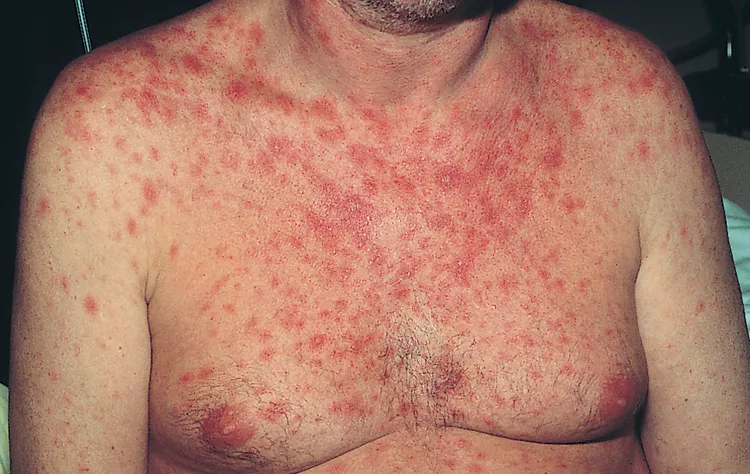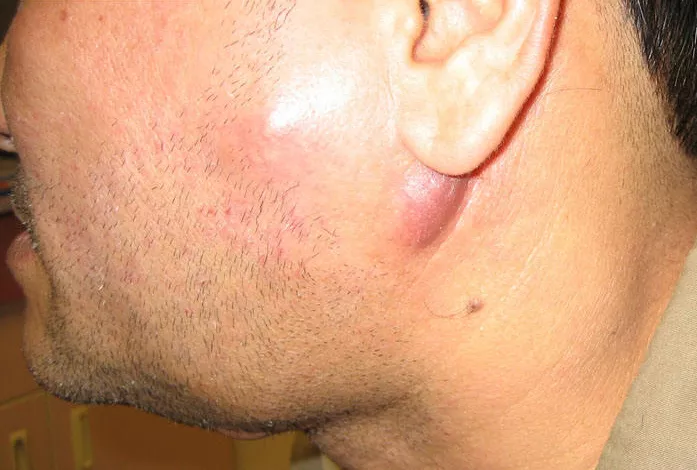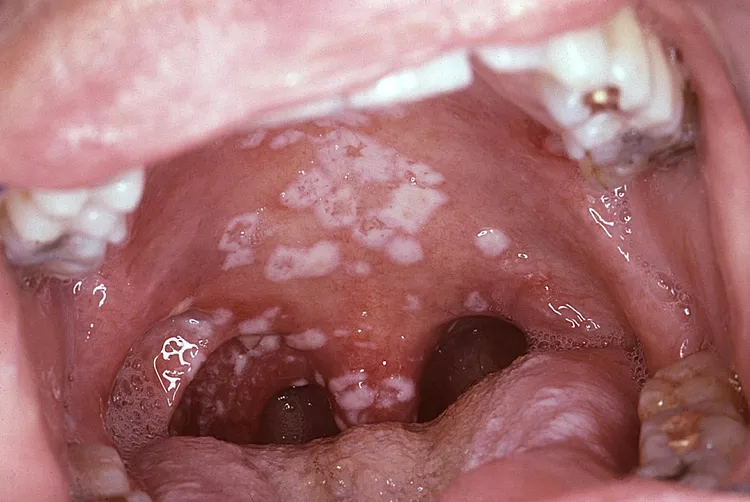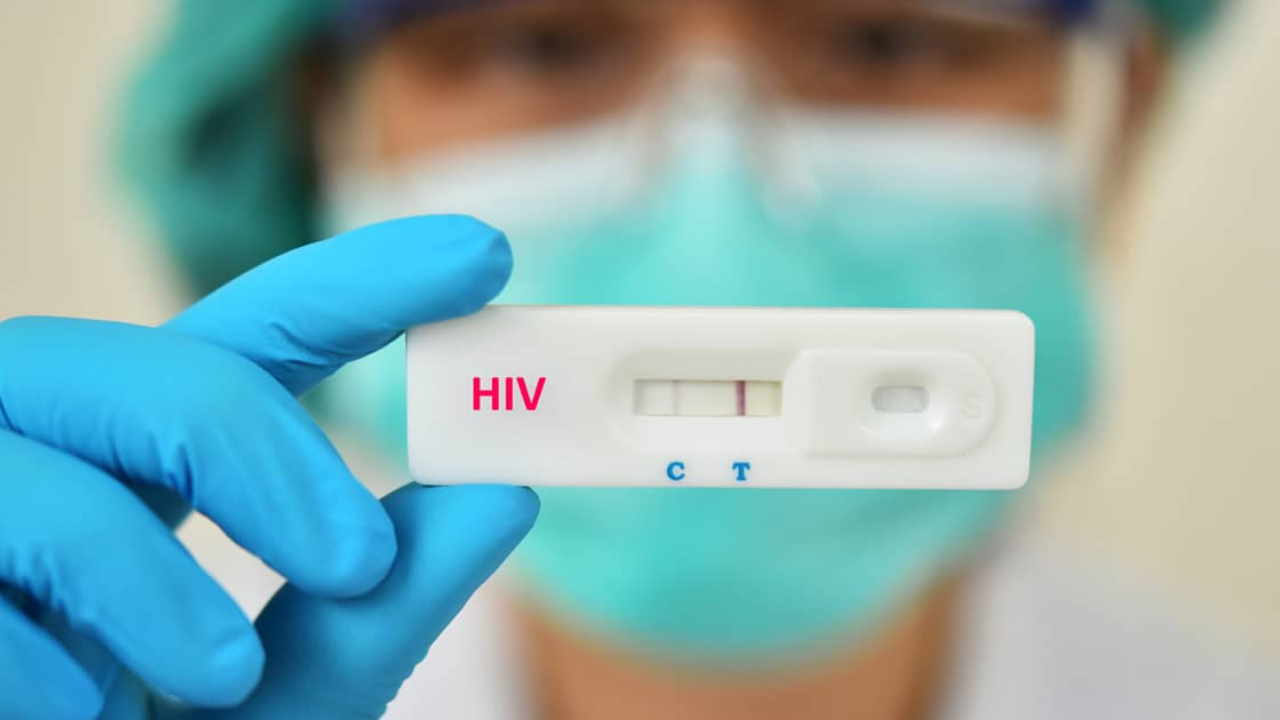6 Early Signs That Show You Might Have Contracted HIV Unknowingly
The global impact of Human Immunodeficiency Virus (HIV) remains significant, with the World Health Organization (WHO) reporting an estimated 40.4 million [32.9–51.3 million] lives lost to the virus as of July 2023.
HIV transmission persists across all countries, with some nations noting an increase in new infections despite previous declines.
Also read: Talk Ain’t Cheap: Metalworkers Union Fined R100k For Revealing Employee’s HIV Status
Transmission Trends and Global Impact
At the end of 2022, approximately 39.0 million [33.1–45.7 million] individuals were living with HIV, with a substantial two-thirds, numbering 25.6 million, residing in the WHO African Region.
Though there is no cure for HIV, access to effective prevention, diagnosis, treatment, and care, including for opportunistic infections, has transformed HIV into a manageable chronic condition. This access enables individuals with HIV to lead fulfilling and healthy lives.
Symptoms of HIV vary depending on the stage of infection, often being more pronounced in the initial months after contraction. However, many individuals remain unaware of their HIV status until later stages. Initial symptoms may include flu-like manifestations such as fever, headache, rash, and sore throat, while other signs encompass unexplained rash, swollen lymph nodes, oral thrush, night sweats, and sudden weight loss.
Detection of HIV can be challenging as symptoms are not always apparent, with many individuals exhibiting no signs at all. Additionally, symptoms may differ based on whether the infection is in the acute or chronic stage.
Also read: OnlyFans Model Samke Shocks Fans With Her HIV Status Drama On Social Media
6 Early Signs That Show You May Have HIV
Common signs indicating that you might have contracted HIV unknowingly include:
Unexplained Rash

An HIV rash appears in approximately 2 out of every 5 newly infected individuals. It typically manifests as large areas of flat, reddened skin with small bumps. The rash may be itchy or painful, and it is often accompanied by flu-like symptoms. It usually appears two to six weeks after exposure to the virus and typically subsides within one to two weeks. The rash is widespread and commonly affects the trunk and face, but it can also appear on the arms, legs, hands, and feet. If you develop a sudden rash with flu-like symptoms two to six weeks after engaging in sexual activity with a partner of unknown HIV status, it is advisable to get tested for HIV.
Swollen Lymph Nodes

Swollen lymph nodes, medically referred to as lymphadenopathy, can occur in the early stages of HIV as the body attempts to combat the virus. Lymph nodes in areas such as the armpits, neck, groin, or behind the ear may become enlarged, sometimes noticeably so. Swollen lymph nodes can be tender or painful to the touch. While other signs of acute HIV infection may subside, swollen lymph nodes can persist for many weeks or months in some individuals.
Oral Thrush

Oral thrush is one of the early opportunistic infections that may occur in people living with HIV. It is considered “opportunistic” because it seizes the opportunity to infect a person when their immune system is weakened. Oral thrush, also known as oral candidiasis, is caused by a fungus that can invade the inside of the mouth and throat. While relatively healthy individuals can also develop oral thrush, it is a sign that their immune system is deteriorating. When a person’s immune system is compromised, the fungus can spread to the windpipe, lungs, and even the bloodstream. Having oral thrush does not automatically mean that an individual has HIV, but it should serve as a warning sign that testing is advisable if they are at risk.
Night Sweats
Night sweats can occur during the acute stage as the body fights the virus and can persist during the chronic phase if an opportunistic infection is present. Night sweats, also known as sleep hyperhidrosis, go beyond ordinary sweating during sleep and result in drenched clothing and bedding. Night sweats can also cause shivering when the soaked materials come into contact with the skin. Excessive night sweats are never considered normal, and it is important to inform a healthcare provider if experiencing them. While HIV can be a potential cause of night sweats, it’s worth noting that there are other causes unrelated to HIV, ranging from menopause to various types of cancer.
Sudden, Unexplained Weight Loss
Weight loss is common in individuals living with HIV during the advanced stages of the disease. This type of weight loss is significant, typically involving a sudden and unexplained loss of 10% or more of a person’s body weight, including both fat mass and lean muscle. This condition is known as HIV wasting syndrome. Thanks to antiretroviral drugs, which suppress the virus and allow the immune system to rebuild, the wasting syndrome has become less common in individuals receiving proper treatment. However, it may still occur in individuals who are not diagnosed or receiving treatment for HIV.
Sexually Transmitted Infections (STIs)
Testing positive for an STI is a sign that you may have unknowingly contracted HIV as well.
Some STIs, such as syphilis and herpes, can create open sores that provide an entry point for HIV. Inflammation caused by STIs like gonorrhoea and chlamydia can attract immune cells targeted by HIV. Syphilis can increase your chances of contracting HIV by 500%.
Testing for HIV is recommended if a person tests positive for any STI.
Also read: Talk Ain’t Cheap: Metalworkers Union Fined R100k For Revealing Employee’s HIV Status
Conclusion
It’s crucial to understand that these symptoms are not exclusive to HIV and can be caused by various other conditions. The only definitive way to confirm an HIV infection is through specific HIV testing, which can detect the presence of HIV antibodies or the virus itself.
If you are concerned about your risk of HIV infection or are experiencing symptoms that worry you, it is advisable to consult with a healthcare professional or visit a clinic that provides HIV testing and counselling services. They can provide accurate information, guidance, and support regarding HIV prevention, testing, and treatment options.
Remember, it is important not to rely on symptoms alone or assume that the absence of symptoms equates to the absence of HIV. Testing is the key to knowing your HIV status and taking appropriate steps to protect your health.
